Usage Options
Whether you have a drone that you built yourself, you fly an FPV drone, or you have any kind of aircraft, with Dronetag BS you can rest assured that you will find a solution that perfectly aligns with your unique needs.
The beauty of BS lies in its design and multi-scalability, which enables effortless customization. We understand that no two customers are the same, and that's why we have meticulously crafted BS with components, ready to meet any specific requirement.
Enclosure Options
- Never use device withouth either heat shrink tube or enclosure! Othewrise you damage your device and void the warranty. Exposed board is sensitive to accident tear of off electronic parts which will prevent the device from normal operation. It is also prone to short circuit which might cause fire on your aircraft.
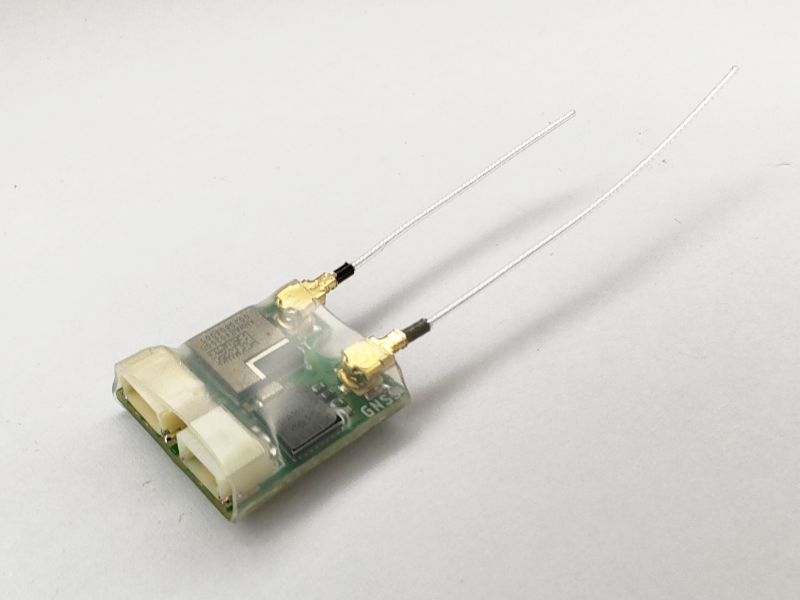
Heat-Shrink Tube
When used with our basic wire antennas and external power source, the heat shrink tube option is the lighest option available (1.5 grams in total). Please check out this page how to install heat shrink tube.
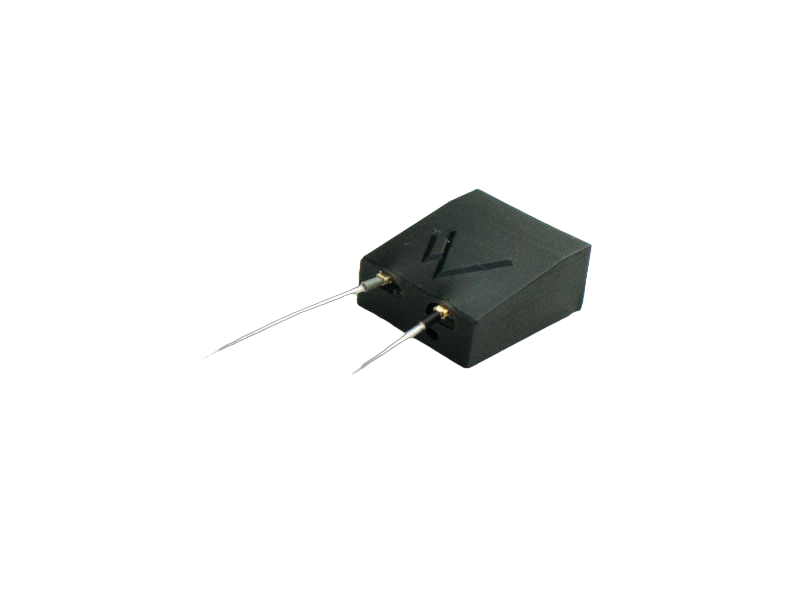
Enclosure
For extra protection and easier transfarebility between different aircraft models, we recommend purchasing optional 3D printed enclosure. Compared to heat shrink tube option, the weight increases by 1.5 grams (3 grams in total). Please check out this page how to install enclosure.
Power Input Options
-
Never use input voltage that falls outside the operating range of 3.3V to 17V or you damage your device and void the warranty.
-
We highly advise reviewing the Power Source Installation page.
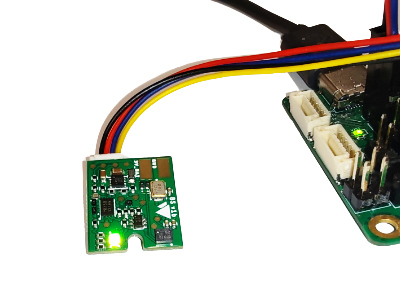
External Power Supply
You can power Dronetag BS directly from your aircraft if you have suitable power output ports available. Please check the section Powering from Aircraft VIN for more details. Using the power from the aircraft eliminates the need to use an external battery.
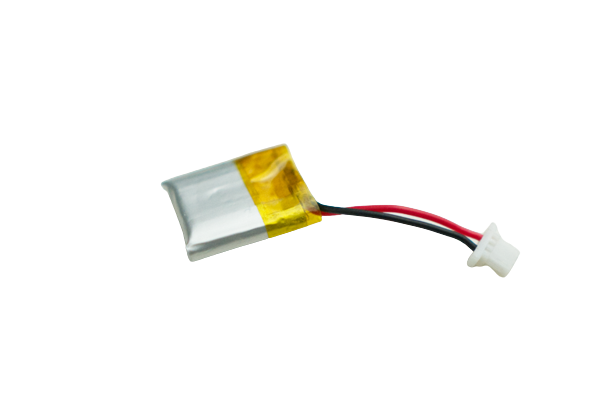
External Battery
By incorporating an external battery, Dronetag BS becomes completely standalone unit. However, you need to think of the battery placement as the current enclosure or heat shrink tube doesn't allow the battery to be fitted in. Therefore, your own enclosure, heat shrink tube or mounting needs to be established. You can get our small LiPo battery that can power up Dronetag BS for more than 4 hours.
Antenna Options:
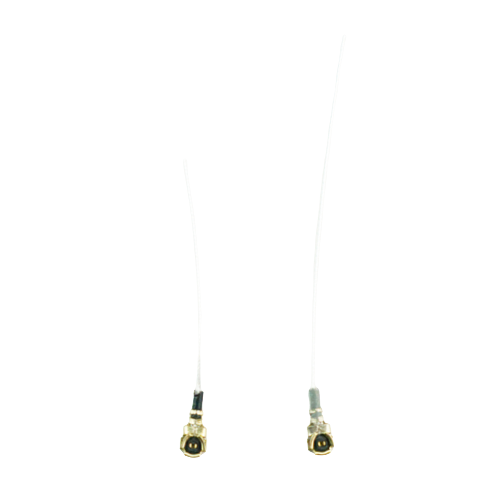
Wire Antennas
Wire antennas are part of the minimalistic approach of Dronetag BS product. They are very compact and ligthweight (just 0.15 grams each). However, their preformance might be very limiting in some scenarios (e.g. big electromagnetic interference due to high transmittion power of other aircraft onboard equipment). Please ensure to upload assisted GNSS data before each flight (the upload can be done via our Dronetag app, check the short video here). This step is needed due to the limited power of the Wire antennas.
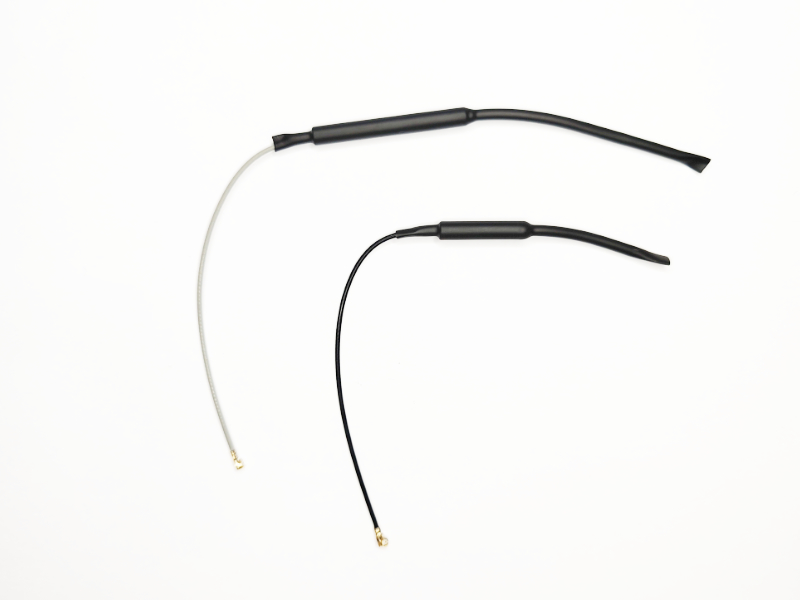
Copper Tube antennas
For better positioning and broadcasting performance, we recommend getting pair of our copper tube antenans (GNSS and Bluetooth). They provide higher flexibility when you want to place Dronetag BS into fuselage because then you can easily wire the antennas out of the aircraft.
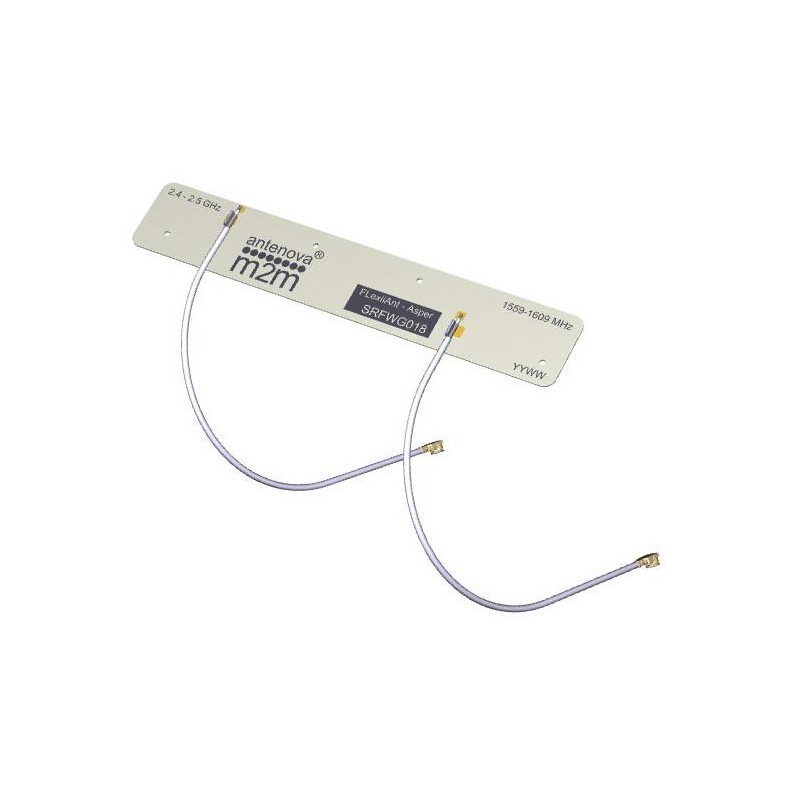
Custom Antennas
If the two above options doesn't suit your needs, you can also use 3rd party options available on the market. However, you must ensure that the Bluetooth antenna for Remote ID is tuned for 2.4 GHz and GNSS antenna for positioning is tuned for 1.575 GHz. One of the popular 3rd party options is combined Bluetooth and GNSS antenna that comes with an adhesive.
- Never use Dronetag BS without antennas or you damage your device and void the warranty. Always stick to the antenna options above. If you are unsure about the antenna selection, ask us for recommendation / approval.